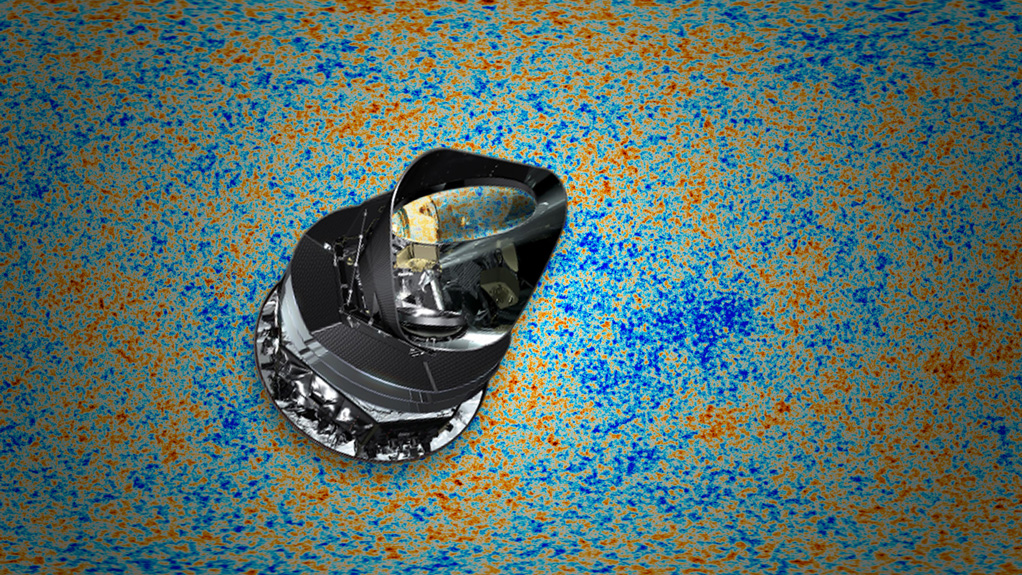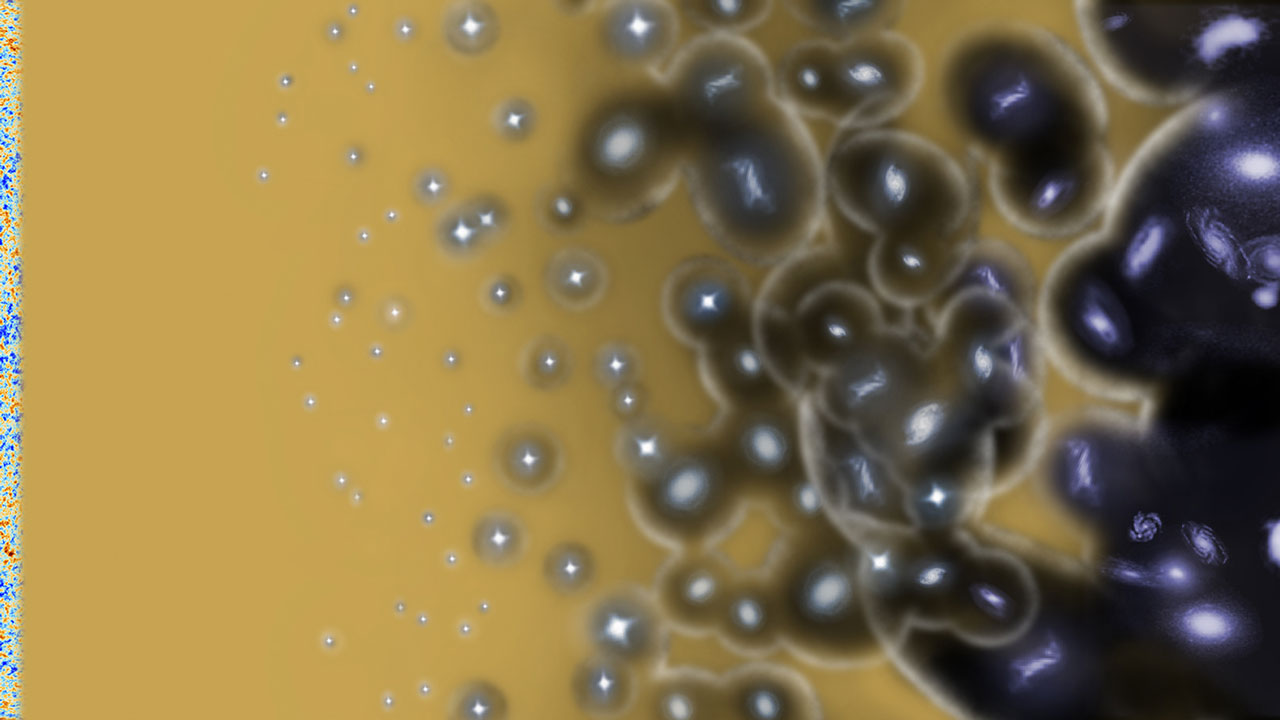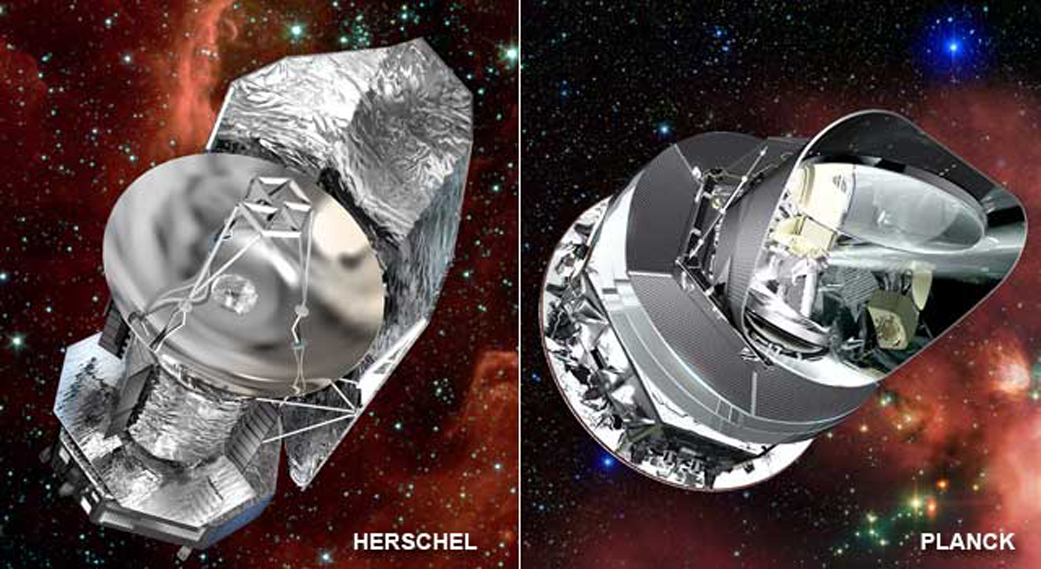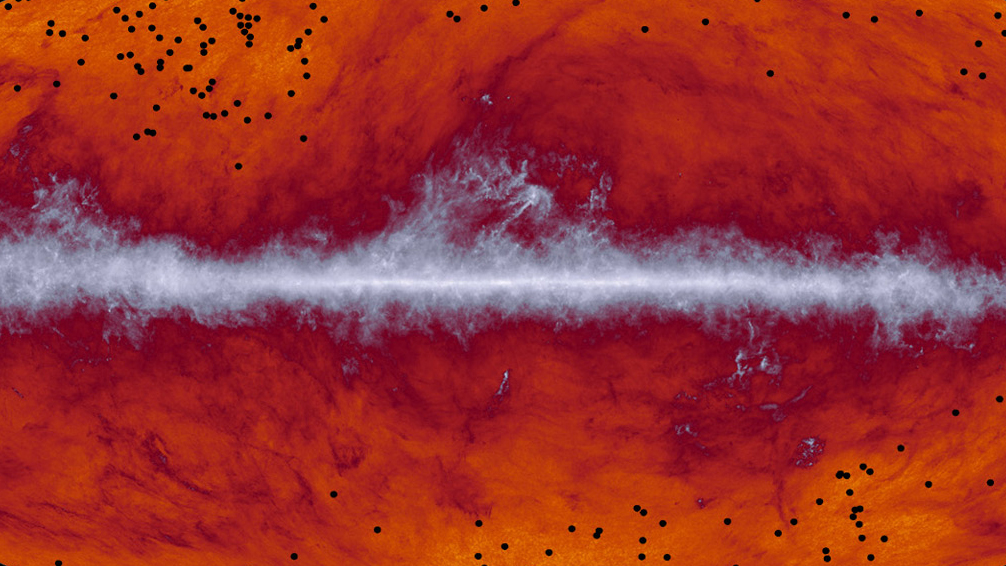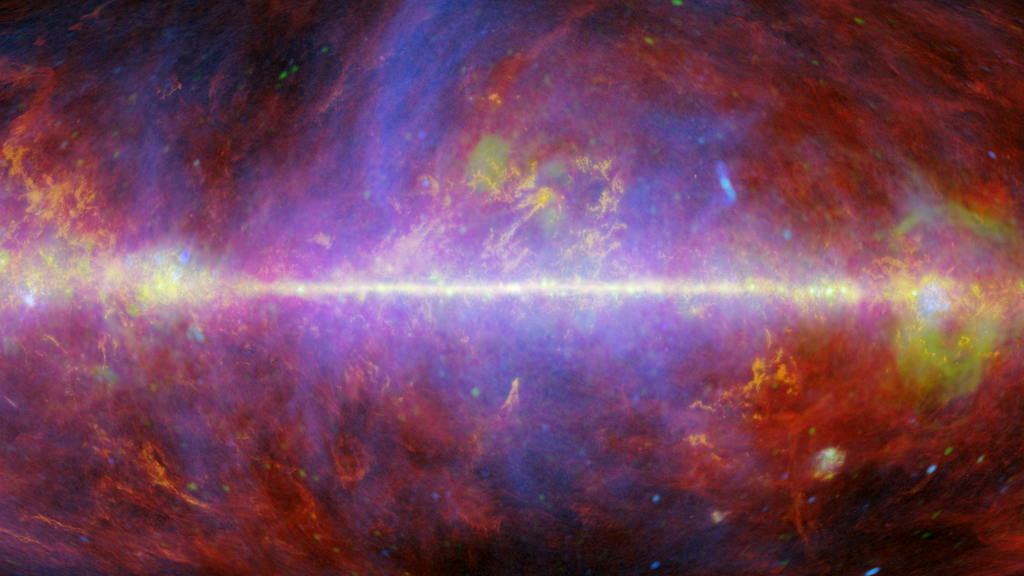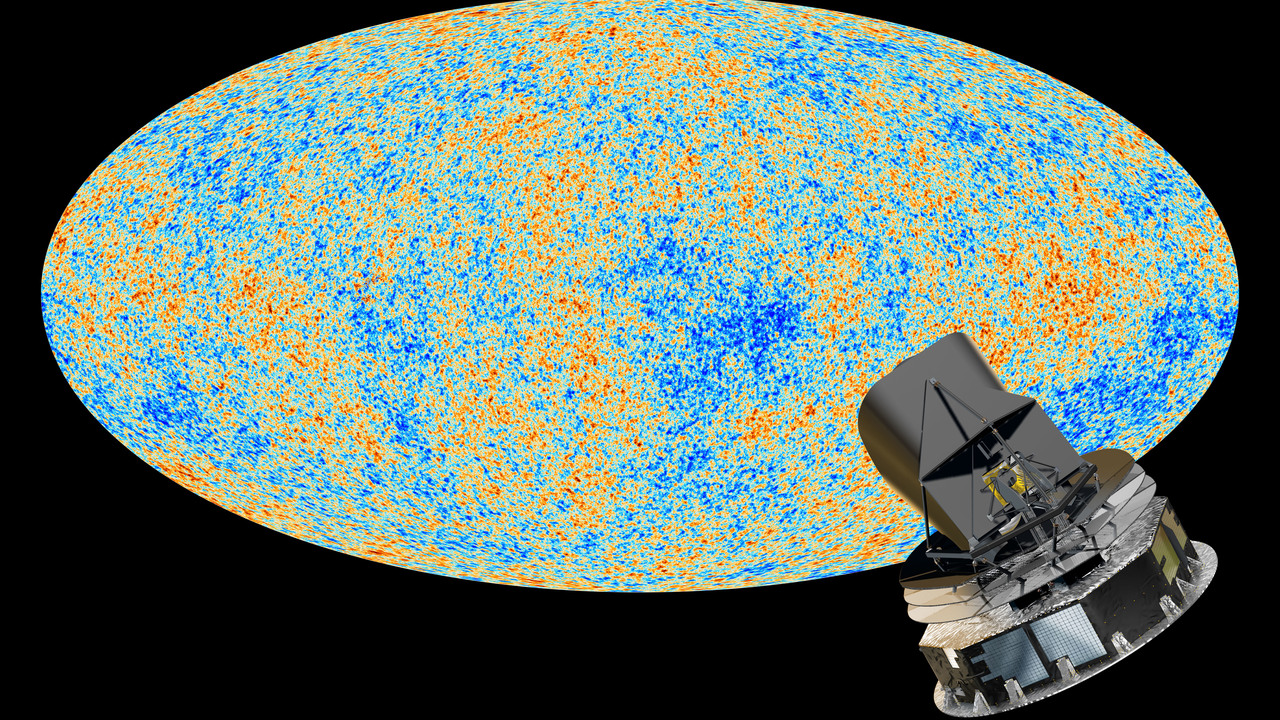
Planck
U.S. Planck Data Center
Overview: Planck was a third-generation space mission whose primary goal was to study the cosmic microwave background (CMB), the remnant radiation from the Big Bang. Between Aug 2009 to Oct 2013, Planck took data in the 30-850 GHz frequency range. Its two instruments LFI & HFI provided the most accurate maps of the CMB and astrophysical foregrounds between us and the CMB. Measuring the temperature and polarization fluctuations of the CMB provides valuable clues about the way the Universe was born and when the first stars and galaxies formed. Data from the Planck mission continues to be widely used to further understand our Universe. Planck was led by the European Space Agency (ESA) with contributions from multiple EU countries and with significant NASA involvement.
Planck at IPAC
The U.S. team at IPAC was responsible for the generation of the Early Release Compact Source Catalog (ERCSC), the first public data product from the mission which presented the different classes of CMB foreground sources. IPAC also serves as the U.S. Planck Data Center, hosted at NASA's Infrared Science Archive (IRSA). IPAC engineers and scientists were responsible for retrieving mission data from the Planck Data Processing Centers (in Paris, France and Trieste, Italy), staging data for usage by Planck team members, and ultimately for archival research by the astronomical community. U.S. team members were also closely involved with LFI and HFI instrument characterization, with the science working groups such as those dealing with Galactic and extragalactic foregrounds to the CMB, and with data processing steps crucial to the cosmological data analysis. IPAC scientists have led several exciting scientific studies using Planck data.
Related publications:
1. Discovery of spectral anomalies in the cosmic microwave background which can be attributed to collisions with alternate universes with different physical properties
R. Chary 2016, ApJ, 817, 33
See also Press Release
2. Discovery of high Galactic latitude molecular cloud clumps which can account for up to 2000 solar masses of molecular gas
X. Chen et al. 2016, MNRAS, 458, 3619
3. Identifying the largest, most massive galaxy clusters at z~0.5 by leveraging the high spatial resolution of Caltech’s CARMA millimeter array, WISE data and Planck detections of the Sunyaev-Zeldovich effect; C. Rodriguez-Gonzalvez et al., 2015, MNRAS, 447, 902; C. Rodriguez-Gonzalvez, et al., 2017, MNRAS, 464, 2378
4. Detection and characterization of different classes of foreground compact sources to the cosmic microwave background
Planck Collaboration 2013, A&A, 536, 7
See also Press Release

